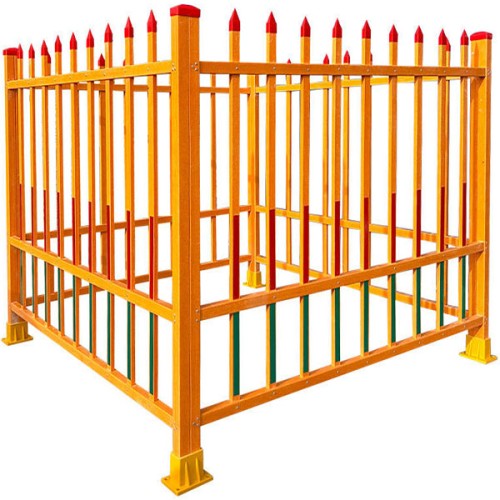Discover the Advantages of Fiberglass Fencing Solutions
When exploring durable, low-maintenance fencing options, fiberglass fences stand out as a modern alternative to traditional materials. Known for their resilience and versatility, these barriers combine glass-reinforced plastic with polymer resins, creating structures that withstand harsh weather, UV exposure, and corrosion. Homeowners and businesses increasingly favor fiberglass fencing systems for their blend of practicality and aesthetic adaptability.
What Is a Fiberglass Fence?
A fiberglass fence is crafted from composite materials, including reinforced plastic and resin layers. Unlike wood or metal, this innovative design eliminates risks like rot, rust, or insect damage. The manufacturing process involves weaving glass fibers into a polymer matrix, resulting in panels or pickets that mimic wood grain, stone textures, or sleek modern finishes. Whether installed as privacy fences, decorative garden borders, or commercial barriers, fiberglass fencing adapts to diverse needs.
How Fiberglass Fences Are Manufactured
The production of fiberglass fence panels begins with extruding resin-infused glass fibers into molds. This creates uniform shapes, from flat privacy screens to ornamental designs. Post-curing, the material is coated with UV-resistant finishes to prevent fading. Advanced techniques ensure consistency in strength and appearance, making these fences ideal for coastal areas or regions with extreme temperature shifts.
Types and Specifications of Fiberglass Fencing Systems
Fiberglass fences are classified by style, height, and application:
- Privacy fences: Solid panels (6–8 ft tall) for seclusion.
- Semi-privacy fences: Lattice or spaced pickets for light control.
- Decorative fences: Ornamental post caps or scalloped edges.
Standard thickness ranges from 0.5–1 inch, with modular designs simplifying installation. Customizable colors and textures let homeowners match architectural themes without ongoing upkeep.
Applications of Weather-Resistant Fiberglass Fences
From residential yards to industrial complexes, fiberglass barriers excel in environments where moisture or salt air degrades traditional materials. Common uses include:
- Pool surrounds (resistant to chlorine corrosion).
- Coastal property boundaries.
- Commercial security perimeters.
Their lightweight nature also suits retrofitting projects where heavy materials are impractical.
Fiberglass vs. Wood, Vinyl, and Metal Fences
- Wood: Fiberglass avoids warping, staining, and termites.
- Vinyl: Superior impact resistance and color retention.
- Metal: No rusting, with lower thermal conductivity (stays cool in heat).
While initial costs may exceed vinyl, fiberglass fences offer longer lifespans (25+ years) and negligible maintenance—no repainting or sealing required.
Installing a Fiberglass Fence: Key Considerations
Professional fiberglass fence installation ensures proper anchoring, especially in windy regions. Posts are secured in concrete footings, while panels attach via corrosion-resistant brackets. DIY enthusiasts can opt for pre-assembled sections but must adhere to spacing guidelines to prevent warping. Always check local codes for height and setback rules.
Why Choose Fiberglass Fencing for Your Property?
Fiberglass fences merge longevity with design freedom, making them a smart investment for curb appeal and property value. Whether prioritizing low-maintenance solutions or seeking coastal-grade durability, this material outperforms conventional options. Explore customizable fiberglass fencing systems today to elevate your outdoor space.

